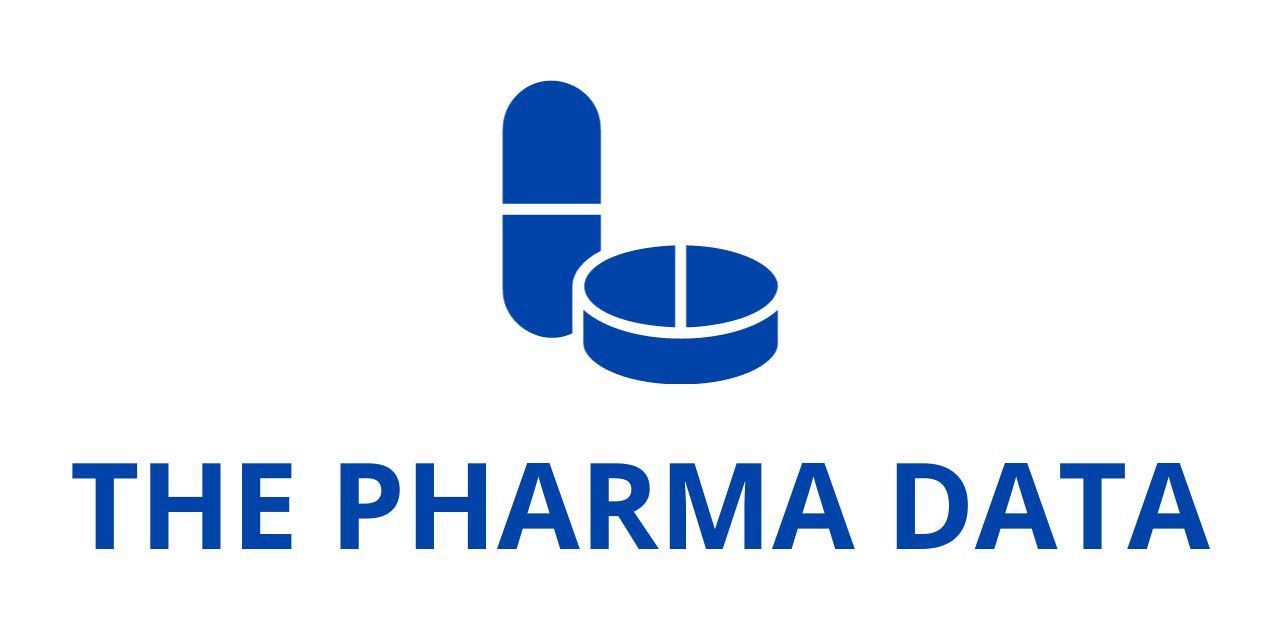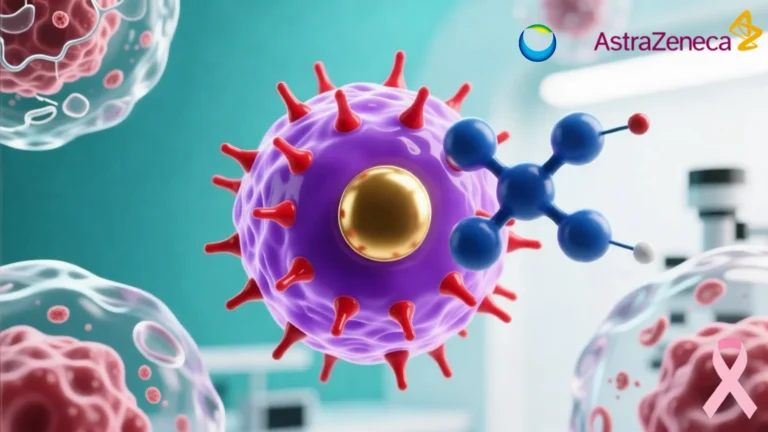
California Advocates Urge Greater Access to Plasma-Derived Medicines
In a compelling call to action, the California Rare Disease Access Coalition, Hemophilia Council of California, and the Plasma Protein Therapeutics Association (PPTA) have joined forces to advocate for the swift passage of Assembly Bill 725 (AB 725), a piece of legislation introduced by Assemblymember José Luis Solache, Jr. (D-Lynwood). During a recent virtual briefing, these groups brought together health policy experts, industry leaders, and patients living with rare and chronic diseases to underscore the critical importance of plasma donations and how AB 725 could be instrumental in expanding access to lifesaving therapies across the state.
The bill comes at a time of rising demand for plasma-derived medicinal products—biological treatments that are not only transformative but often essential for patients living with complex health conditions such as primary immunodeficiencies, hereditary angioedema, von Willebrand disease, Kawasaki disease, and a host of other rare disorders. With the global supply chain for human plasma under increasing pressure, California’s proposed legislation represents a proactive step toward strengthening the infrastructure that supports both donors and recipients of plasma-based therapies.
Plasma: A Lifeline for the Rare Disease Community
Human plasma, the liquid portion of blood, contains vital proteins used to manufacture therapies that replace missing or deficient elements in patients’ immune systems and blood-clotting pathways. These treatments are especially vital for those living with rare diseases—many of which are genetic and require lifelong therapy. For these individuals, plasma-derived medicines are not merely therapeutic options; they are a cornerstone of survival and quality of life.
Anita Brikman, President and CEO of the Plasma Protein Therapeutics Association, emphasized this point during the virtual event. “As more people are diagnosed with rare and chronic conditions, the urgent need for plasma donations and plasma-derived medicines continues to grow,” Brikman stated. “AB 725 is an opportunity for California to support the entire plasma ecosystem, from donors and health care professionals to patients who rely on these life-saving therapies. By addressing barriers to source plasma donation, AB 725 will increase access and help ensure a robust supply of life-saving medicines for future generations.”
The importance of this legislation is amplified by its potential economic impact. California currently operates nearly 70 plasma donation centers across the state, each employing between 50 to 70 highly trained professionals. Together, these centers inject over $270 million annually into local economies—a testament not only to their public health value but also to their role as job creators and economic engines.
The Human Stories Behind the Policy

While the numbers illustrate the systemic importance of plasma centers, the personal stories shared during the briefing brought the issue into sharp emotional focus.
“For me, plasma isn’t just medicine – it’s personal,” shared Zuiho “Z” Taniguchi, a board member of the Hemophilia Council of California who lives with von Willebrand disease, a rare genetic bleeding disorder. “It’s ingrained in my life, my career, and my family. I have had the incredible opportunity to see both the science behind the medicines and the life-saving impact they have on patients like me.”
Taniguchi’s story becomes even more poignant when considering his daughter, Akaly, who was diagnosed with the same condition eight years ago. “What was once my disease is now ours,” he said, underscoring how genetic diseases ripple across generations and how vital it is that access to treatment evolves alongside rising demand.
Similarly, Patty Calabro, a Sacramento resident living with Guillain-Barré Syndrome (GBS)—a rare neurological disorder in which the body’s immune system attacks its nerves—provided a deeply personal testimony. “We must fight for increased access to derived medicines, so no one is left behind. These critical treatments stopped the progression of my condition and gave me a chance to recover. I might not be here today.”
Calabro’s words reflect a sentiment shared by many patients dependent on these therapies: the urgent need for advocacy, awareness, and infrastructure that ensures consistent access to treatment.
AB 725: A Legislative Blueprint for Modernizing Plasma Access
At its core, Assembly Bill 725 proposes much-needed updates to California’s regulatory framework governing plasma donation centers. These reforms are designed to better align the state’s laws with advancements in medical technology and current best practices within the industry. The bill aims to remove outdated regulatory barriers that can prevent centers from expanding or modernizing, thereby enabling a more agile response to the increasing demand for plasma-derived therapies.
According to Lynne Kinst, Executive Director of the Hemophilia Council of California and founder of the California Rare Disease Access Coalition, this legislation represents more than just a policy improvement—it’s a moral imperative. “The reality is that many serious conditions, including hemophilia and von Willebrand disease, rely on donations for individualized treatment options. Without a strong plasma donation network, patients are at risk of losing timely access to life-saving therapies,” Kinst said. “Increasing donations is not just a policy decision — it is a commitment to protecting the health and wellbeing of our friends, coworkers, neighbors, and loved ones.”
The bill is also seen as a tool to help secure California’s leadership role in the biotech and plasma sectors. By adopting a more modern regulatory framework, California could become a national model for how to responsibly and effectively manage plasma collection and distribution in a way that benefits both patients and public health systems.
Building a Sustainable Plasma Ecosystem
A central theme echoed throughout the briefing was the interconnectedness of everyone involved in the plasma ecosystem—from the donors who give of their time and bodies, to the healthcare professionals who administer therapies, to the patients whose lives are made livable, and in many cases, possible, by access to these medications.
“At the end of the day, AB 725 is about real people,” Brikman concluded. “It’s about patients who depend on derived medicines to survive. It’s about the donors who selflessly give their time. And, it’s about ensuring that California’s laws support progress, not hinder it.”
Indeed, as the rare disease community continues to grow—thanks in part to better diagnostic tools and increased awareness—the need for a stable, sustainable supply of plasma becomes ever more pressing. With AB 725, California has the opportunity to address that need head-on by creating a more supportive, responsive, and forward-thinking policy environment.




